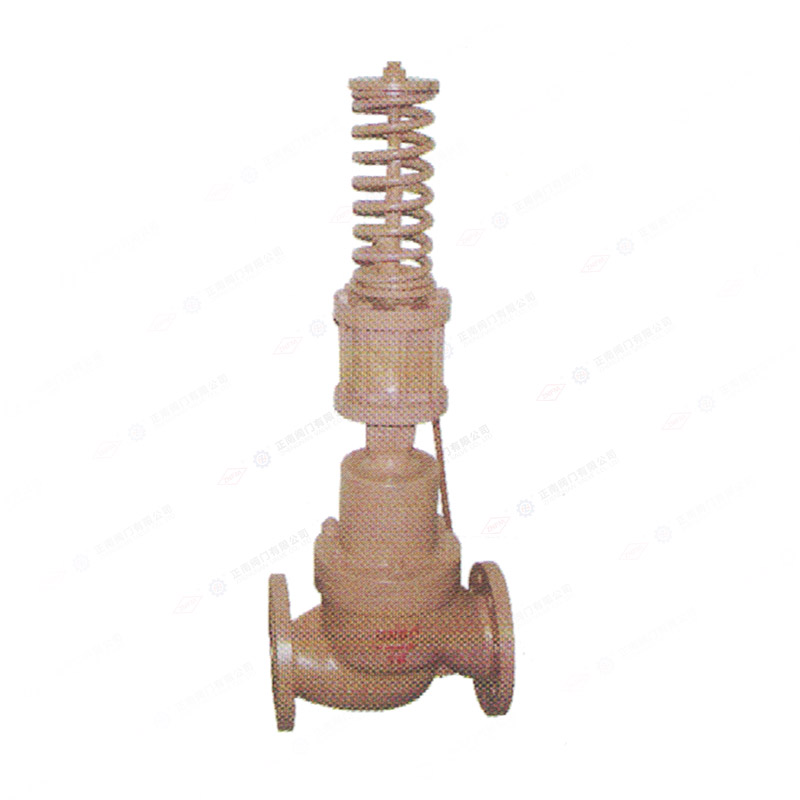News
Industry information
News
Industry information
1. Aerodynamic noise
Gas dynamic noise is generated by the flow of gas or steam through an orifice. The noise of regulating valves encountered in industry is mostly gas dynamic noise. Gas and steam are both compressible fluids, and generally speaking, the flow rate of compressible fluids is higher than that of incompressible fluids. When the gas velocity is lower than the sound velocity, noise is generated by strong turbulence; When the speed of gas exceeds the speed of sound, shock waves are generated in the fluid, resulting in a significant increase in noise. Comparing various noises, the noise generated by the flow of compressible fluid through the regulating valve is the most severe.
2. Liquid dynamic noise
Liquid dynamic noise is generated by the flow of liquid through the throttle hole of the regulating valve. There are various types of regulating valve structures, and a typical throttling form is shown in the figure. Although the structural forms of various throttling ports are different, they all have a throttling effect on liquids. When liquid passes through the throttling port, due to the sharp change in the area of the throttling port, the flow area decreases, the flow rate increases, and the pressure decreases, which easily leads to blocked flow, flash evaporation, and cavitation, all of which are the reasons for inducing noise.
When the pressure difference between the front and back of the valve throttle is not large, the noise at the throttle is minimal and the flow sound is not significant. Therefore, there is no need to consider the issue of noise. If the pressure difference is large, the fluid flowing through the regulating valve begins to flash, and the flowing fluid becomes a mixture of gas and liquid with bubbles. The deceleration and expansion of the two-phase fluid naturally form noise. Moreover, due to the sharp changes in the intercepting section near the electric control valve, the uneven flow velocity is caused under high-speed jet flow, resulting in a vortex detachment sound.
When cavitation occurs, bubbles burst, and the powerful energy not only generates destructive force, but also emits noise, sometimes with a frequency as high as 10000Hz. The more and larger the bubbles, the more severe the noise.
When selecting a regulating valve, in order to avoid generating liquid dynamic noise, the key is to find the pressure drop of the valve when cavitation begins to occur Δ Pc, ensure that the valve pressure drop is less than Δ Pc. To this end, the concept of initial cavitation coefficient KC is introduced.
The value of KC is obtained experimentally and can also be determined based on the pressure coefficient FL of the liquid. Figure 2 shows the relationship between FL and KC.
3. Vortex detachment noise
Among various types of noise, there is a type of vortex detachment noise, which is easily generated by compressible fluids flowing over the surface of an object. When a fluid particle flows to the leading edge of a non streamlined cylinder, the fluid is obstructed, and the pressure increases from the pressure at free flow to another pressure due to the conversion of fluid kinetic energy. The fluid bypasses the cylinder, forms a boundary layer, and continues to flow. The fluid flow in the regulating valve varies with different Reynolds numbers Re.
From Figure 3, it can be seen that when Re<5, the fluid does not detach from the cylindrical figure (a); When 5 ≤ Re < 40, a pair of stable vortex diagrams (b) are formed closely behind the cylinder in the wake; When 40 ≤ Re < 150, the symmetric vortex ruptures and stable, asymmetric, regularly arranged, and opposite rotating vortex trains appear in the wake, which periodically detach from the cylinder (c); When Re>150, the vortex train is no longer stable; When Re ≥ 300, the entire wake region has become turbulent (d).
The Reynolds number Re of incompressible fluids is generally large. In this case, the boundary layer cannot surround the back of the cylinder, but detaches from both sides of the cylinder surface, forming two shear layers that extend towards the tail in the flow. These two shear layers form the boundary of the wake, as the inner layer of the regulating valve moves much slower compared to the outermost layer. As a result, these free shear layers tend to curl up into discontinuous vortices, forming a vortex flow in the wake. The interaction between the vortex flow and the cylinder induces vibration. When the vortices alternately detach from both sides of the cylinder, it also excites the periodic pulsation force of the cylinder. This force causes elastic cylinders to vibrate and produce a windy sound. When the wind blows over the wires, you can hear the sound of wind, which is the phenomenon of vortex detachment. When the frequency of vortex detachment is close to or the same as the natural frequency of the cylinder, the vibration increases, resonance occurs, and noise increases. When Re>3 × 105, the detachment of vortices is very chaotic and forms a wide frequency band.
If the part has a non circular cross-section, the above phenomena and conclusions also apply.
In short, when a compressible fluid flows through a pneumatic control valve, it may reach or exceed the sound velocity at the minimum throttling section, forming chaotic fluids such as shock waves, jet flows, and vortex flows. These fluids are converted into thermal energy downstream of the throttling hole, while generating aerodynamic noise, which is transmitted to various locations along the downstream pipeline. In severe cases, the pipeline system will be damaged due to excessive vibration.
